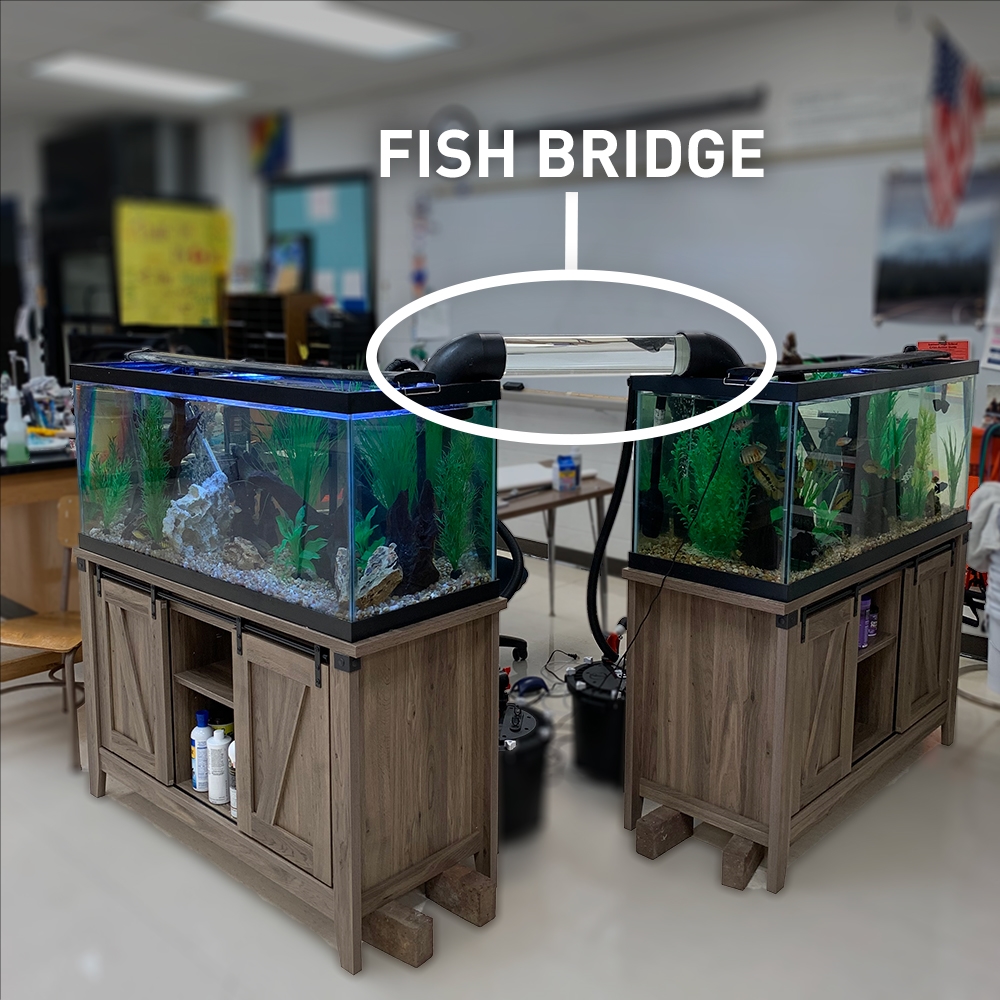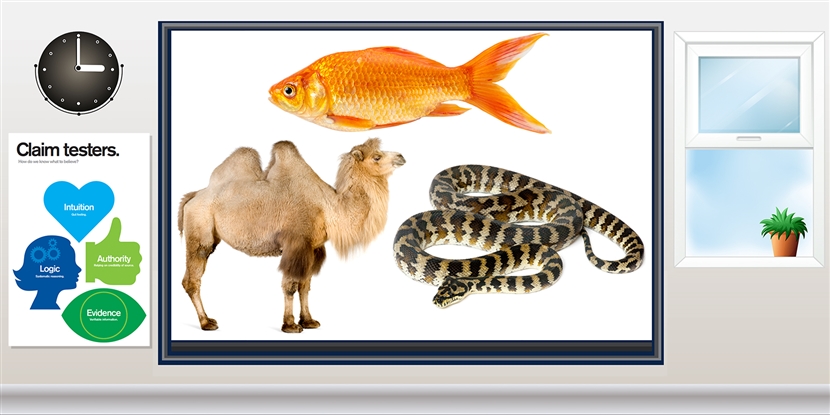By the OER Project Team
Remember classrooms? Those places where you didn’t need a video-conferencing setup to see your students all at the same time? For some of us, it’s been so long we've forgotten what dry erase markers smell like, how to operate a photocopier, and whether we own any pants that aren’t sweatpants. But we better remember quickly because it’s time to dress up our rooms (and ourselves) to welcome back learners who have been away too long!
We recently asked teachers to share some images revealing how they set up their classrooms for this school year—a privilege many had not enjoyed since 2019. Unsurprisingly, the submissions are amazing.
A big thanks to all who posted photos, and also to those in the community who commented. It’s amazing what you can find out about your peers by reading the comments! If Lynsey Woldendorp ever has to contend with another construction-related infestation of mice, we suggest she head down the hallway and ask colleague Joe Baginski to unleash his pet snakes—an interesting classroom feature we learned about from his former classroom-mate Jenny Mizuno.
We were all impressed by Scott Collins’s fish bridge connecting two aquariums. Perhaps it will serve as a useful analogy when explaining the Columbian Exchange—or maybe Stranger Things—as these underwater creatures demonstrate the ability to travel between two worlds. Naturally, Scott has earned the Tanks for Sharing award.

Next up is the House of Wisdom award, which goes to Anne Koschmider, whose richly appointed learning environment rivals the Grand Library of thirteenth-century Baghdad. Fortunately in this case, Anne has been warned of the room’s impending demolition (as the school remodels), and she will be able to safely preserve all vital texts.

Curt Greely posted “Room 604 reporting for duty!” as he displayed his orderly classroom, complete with regulation plexiglass in place to fend off the advancing enemy troops known as Delta [Variant] Force. He has garnered the G.I. Joe award, and we salute him.

And it was actually Curt’s eagle eye that spotted the linear rainbow pattern (see any similarities to this?) in Eric Schulz’s impressive wall of seemingly benign Bob Ross paintings. Each is actually a removable panel that will display the next era of WHP Origins when students reach that point in the course! What do we give Mr. Schultz for this clever row of brainy posters? The Rainbow Brainrow award, of course.

Next up is the Please Tell Me More About Your Classroom Furniture, Listing All the Pros and Cons award. Erik Christensen’s 360-photo panorama with VR view available (Erik’s new nickname: Master of Gadgets) sparked a fascinating discussion about student desks. And if you didn’t know a discussion about student desks could be fascinating, you’ve been out of the classroom too long.
But the award so esteemed that its recipient was surprised with an actual gift from the OER Project Team simply had to go to Eunice Bonaparte. That’s because her classroom has what every OER Project classroom needs but doesn’t know it yet: Alphonse the Camel. His back still intact, the plush cutie is adored by students age 11 to 18, making every day “hump” day. So we end with The Last Straw award for Eunice, who is also featured in the following exclusive OER Project interview:

OER Project: How long have you been teaching?
Eunice Bonaparte: I began my career as a teacher in the NYC Teaching Fellows program 17 autumns ago.
OP: You clearly take a lot of time and care when setting up your classroom. What do you think is the most important consideration at the start of the year?
EB: When I am able to have my own classroom to set up, my first consideration is to envision it from the students' perspective. I check to make sure that a positive message, a map, and resources in multiple languages are visible, no matter which wall one is viewing. I see how long it takes before I am uncomfortable in their chairs, how much I have to twist to view the smart board, how much air my fan will blow on them. A resource-rich, positive environment is always my goal.
OP: How did you decide to incorporate Alphonse the Camel, and how have students responded?
EB: Alphonse is my teaching assistant. Not only is he simply adorable, he serves as a physical reminder to me and my students that figuring out causation is a process. He is beloved—I think his presence motivates my charges to discuss causation, and his residence at the table [when we are] discussing it drives them to dig deeper (and keep him in residence longer). He may even make an appearance in my grade nine advisory to support SEL [social emotional learning].
OP: What advice to you have for teachers who are setting up a classroom for the first time?
EB: Setting up a classroom for the first time is daunting. Know what you want to be able to point to for reference routinely. When I taught second grade in Myanmar, the four walls had posters for my four subjects. Students could turn their desks to focus on the corresponding subject wall. That was fun! As a high school history, civics, and theory of knowledge teacher, I focus on maps and books that are easily viewable and accessible. Organizing for flexibility is key, as what is needed by both teachers and students can change quickly.
OP: Is there anything else you want to share with teachers at this time?
EB: Being a teacher is challenging regardless of where or what we teach. Learn from fellow educators, remember that we were students once too, and know you are part of the solution.
Get inspired and inspire others by sharing your thoughts in the OER Project Online Teacher Community.
 For full access to all OER Project resources AND our amazing teacher community,
For full access to all OER Project resources AND our amazing teacher community, 
Top Comments